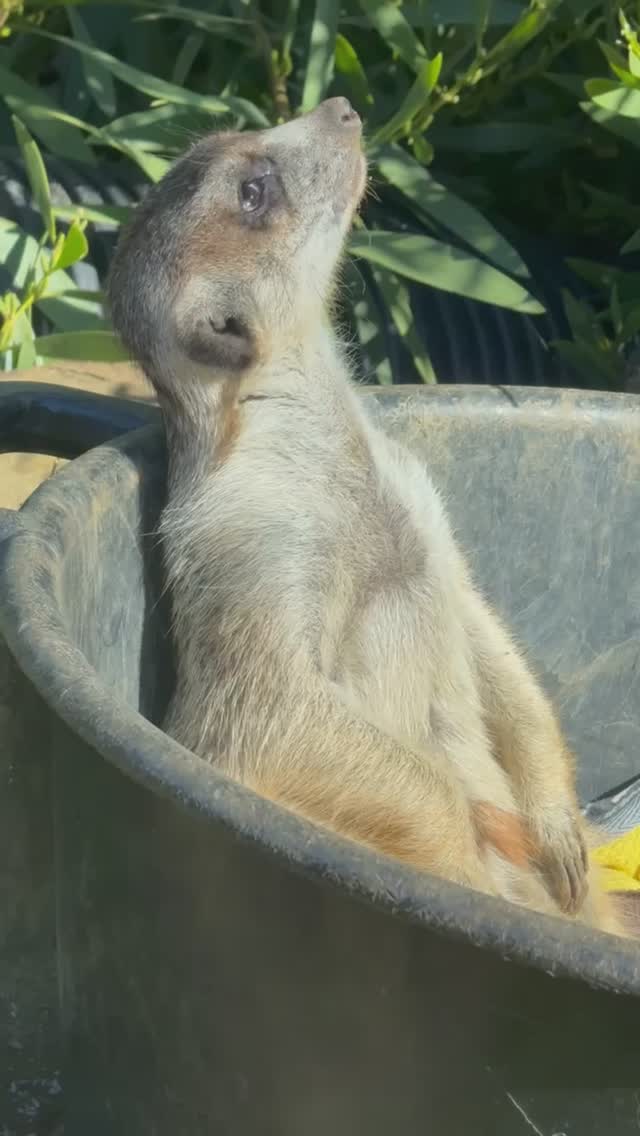- Understanding the Importance of Wildlife Conservation in the Modern Era
- The Role of Social Media in Raising Awareness About Zoology and Conservation
- Effective Zoo Management Practices for Enhancing Animal Welfare
- The Interconnection Between Biodiversity Protection and Scientific Research
- Engaging the Public in Biodiversity Conservation Strategies
Wildlife conservation has become a prominent and urgent issue in the modern era, charged with the responsibility of maintaining the biodiversity that sustains life on Earth. This task is critical, considering the rapid environmental changes and the increasing strain human activity places on natural habitats. Species extinction has far-reaching effects, influencing ecosystem services vital for human survival, such as air purification, water regulation, and pollination. The loss of a single species can disrupt these services and lead to a cascade of negative outcomes.
One of the prevailing challenges of conservation is the balance between development and environmental preservation. Conservation strategies often involve protecting habitats, restoring ecosystems, and legislating against poaching and illegal wildlife trade. These efforts demand collaboration between governments, non-profit organizations, scientists, and communities to be effective. Successful conservation puts a premium on pragmatic policies backed by rigorous scientific data, directly linking research with actionable outcomes.
Social media platforms, like Instagram, play an influential role in advocating for wildlife preservation through creative engagement with users. Content, such as that found in the Instagram reel referenced in this article, reaches a global audience, drawing attention to the beauty of nature and the importance of preserving it. These platforms democratize environmental conversation, making it accessible to millions. Social media campaigns use visuals and storytelling to transform complex ecological issues into digestible information. These platforms leverage the power of influencers and everyday users to convey urgency regarding conservation actions and policy changes.
Zoo management plays a pivotal role in conservation efforts. Zoos are not just places for public amusement but have evolved into centers for research, education, and breeding programs for endangered species. They contribute to conservation by offering refuge to vulnerable species, engaging in breeding programs that aim to reintroduce animals into the wild, and supporting habitats globally. Effective zoo management requires a balance between maximizing well-being and enabling educational initiatives that inform the public about the threats wildlife faces.
Modern zoos focus on creating environments that mimic animals’ natural habitats, facilitating natural behaviors and reducing stress-induced behaviors often seen in captivity. This approach not only benefits animal welfare but also enriches the visitor experience. Education and outreach initiatives driven by zoos can inspire future generations of conservationists by promoting an understanding of ecological interdependence and the importance of each species.
Scientific research underpins the success of both conservation efforts and zoo management. Biodiversity research is crucial for understanding species interactions, ecosystem functions, and the impact of human activity on these systems. Conservation strategies are informed by research on genetics, environmental science, and animal behavior. This research helps identify priorities for conservation and develop measures to protect threatened species.
In the technical scope of zoology, conservationists employ sophisticated techniques, such as satellite tracking and genetic testing, to monitor species and their habitats. These technological advancements provide essential data that support international conservation collaborations. Ongoing research into climate change effects on biodiversity also aids in developing adaptive management strategies that ensure ecosystems’ resilience.
Collaboration between scientists and local communities is vital for effective conservation. Community-based conservation empowers local populations to manage resources sustainably, integrating traditional knowledge with scientific approaches. These collaborations can lead to innovative solutions that are culturally sensitive and economically viable, promoting a conservation ethic imbued in community values.
Public engagement is essential to successful biodiversity conservation. People are more inclined to support conservation initiatives if they are invested in the cause emotionally or see tangible benefits. Effective engagement often involves education campaigns, interactive experiences, and participatory activities that make conservation a community effort. Innovative public outreach programs help individuals recognize their role in protecting the environment and the ways they can contribute to conservation efforts.
Organizations increasingly use real-time data sharing and interactive tools to enhance public participation in conservation activities. Citizen science projects, for example, allow amateurs to collect data on local species, contributing invaluable information to large-scale research projects. By fostering a sense of stewardship and connection to nature, these engagements encourage conservation-minded behaviors and policy support.
By focusing on these areas, we gain a nuanced appreciation for the efforts and methodologies employed to preserve our planet’s wildlife. The collective action of various stakeholders and the use of innovative techniques spotlight the essential roles humans play in shaping the future of conservation. Through education and engagement, the gap between the general public and scientific communities can be bridged, forming a unified front dedicated to protecting the rich tapestry of life on Earth. It is through these avenues that we find the potential for significant progress in the ongoing challenge of wildlife conservation.
*****
Source Description
It’s a beautiful
class=”instagram-media” data-instgrm-permalink=”https://www.instagram.com/reel/DEfy-94zdF_/” data-instgrm-version=”14″ style=” background: border:0; border-radius:3px; box-shadow:0 0 1px 0 rgba(0,0,0,0.5),0 1px 10px 0 rgba(0,0,0,0.15); margin: 1px; max-width:540px; min-width:326px; padding:0; width:99.375%; width:-webkit-calc(100% – 2px); width:calc(100% – 2px);”>

